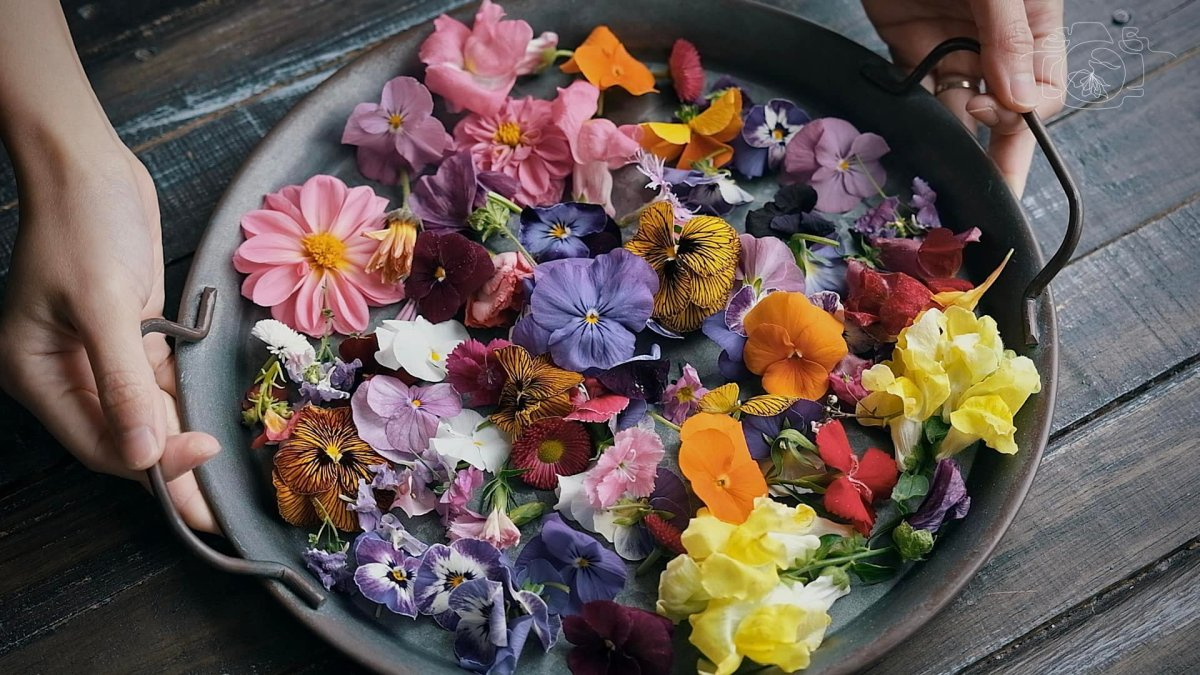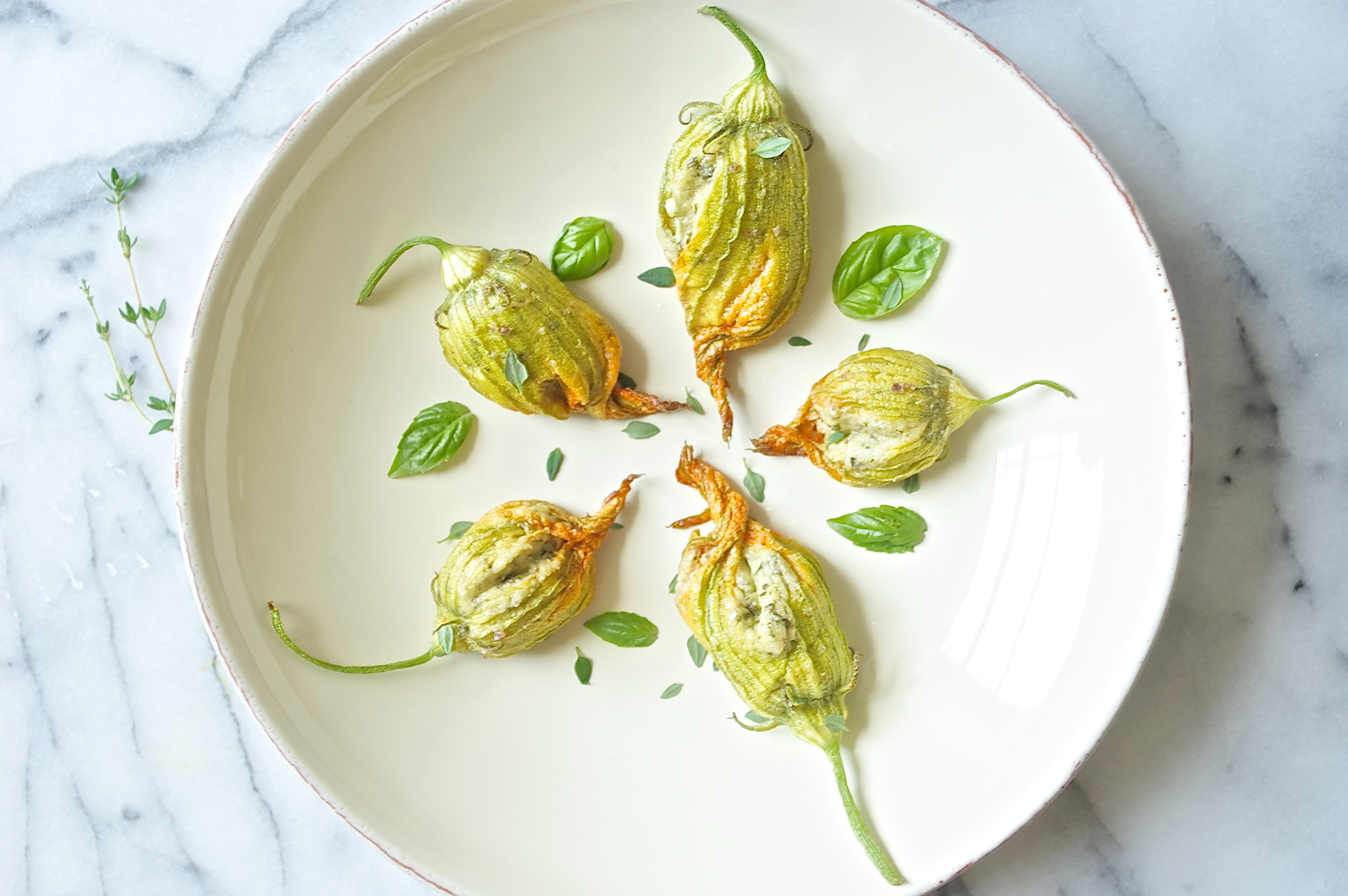If you’ve ever seen a flower on your dinner plate, I’m sure you can agree it adds a beautiful touch, but you’ve probably not thought to eat it. What if you were told that these flowers aren’t just pretty, but they’re also good for your health!

Edible flowers are used in various cuisines all over the world, in a fun and easy way to add colour and flavour to any dish. They are best eaten raw, right after the flower has opened up - simply pluck them, rinse them with water and you’re good to go!
The important thing to remember is not every flower is edible. In fact, some can even be poisonous, so make sure to check which ones are edible. Also, flowers like roses, although edible, are likely to be sprayed with insecticide which can be harmful, so look out.
Here are 10 flowers that are edible, and not only that, they have health benefits too!
Hibiscus
Coming in a kaleidoscope of colours, hibiscus flowers are large, ornate blossoms that usually grow in tropical climates, and can grow up to 6 inches in diameter. Although they are often grown for purely ornamental purposes, they are well known for their culinary and medicinal applications. Many cultures drink hibiscus tea for their medicinal properties, but you can even see them in relishes, jams and salads. A handful of studies suggest hibiscus may help reduce blood pressure, as well as cholesterol levels, and overall heart health.

Lavender
Perfumed with an infectious scent, lavender is a woody, floral herb hailing from northern parts of Africa and the Mediterranean. Their violet flowers are small, but great in numbers, and produce a distinctive fragrance known to be quite soothing.
Pairing well with both sweet and savoury ingredients, the colour and aroma of lavender lends itself well to a whole number of foods, such as baked goods, syrups, liqueurs, herbal teas and spice rubs.

Rose
Available in almost any imaginable size and colour, all 150 species of roses are edible, as long as they are treated properly. Roses don’t all taste the same, but a good rule of thumb is that if it smells good, it will taste good too.
Rose petals have a very fragrant, floral and subtly sweet flavour, and can be eaten raw or dried, or even infused into beverages, syrups and teas. The health benefits of these beauties are their role in reducing anxiety and promoting relaxation.

Honeysuckle
Historically treasured, honeysuckle have been vital to Chinese medicine practices for centuries. Beautiful blossoms, these flowers are fragrant, and hold nectar that can be eaten straight from the flower.
In Chinese medicine, their flowers and extracts are consumed or applied to the skin to treat a variety of inflammatory conditions. At the same time, honeysuckle is most often used in the culinary world to make gorgeous smelling syrups, used to sweeten things like bread, iced tea and desserts.

Dandelion
Bright yellow, dandelions are likened to a stubborn garden weed. But, what you might not know, is that they also double as highly nutritious edible flowers. Dandelions have small blossoms, with tiny yellow petals, and every part of them are safe to eat, including their stems, leaves and roots.
Supplying various plant compounds known to have powerful antioxidant properties, they can be used to make tea, jelly and wine, with added health benefits.

Borage
Also known as starflowers, borage is a herb with delicate star-shaped flowers, whose flowers are most often blue, but can also be white and pink. In herbal medicine, borage is used to remedy minor ailments, like a sore throat or a cough. Their flavour profile is sweet, and reminiscent of cucumber and honey.
These flowers are the perfect touch to a colourful salad or dessert, and can also be added to soups, sauces and pastas, or on its own as a vegetable side dish.

Nasturtium
Boasting a unique savoury flavour, with notes of pepper and spice, the brightly coloured blossoms of the nasturtium plant can be eaten cooked or raw. They add a pop of colour to any plate, but they are also nutritious, containing a variety of minerals and health-promoting compounds with antioxidant and anti-inflammatory effects.

Chamomile
Closely resembling daisies, chamomile is a floral herb often used to make teas, syrups and desserts, exhibiting a sweet and earthy flavour. As a medicinal health bonus, they are said to reduce anxiety and improve sleep quality.
Heat can be used to extract their flavours and bioactive compounds, but they can also be eaten dried or raw.

Pansy
Perhaps the most visually stunning of them all, pansies have small blossoms of overlapping petals with markings in the centre that resemble an ink stain. They have a mild, fresh and floral flavour, and make an excellent addition to any dish.
Try chopping up the flowers and adding them to a salad for little pops of colour, or candy them before adding them to your plate.

Squash Blossom
Finally, squash blossoms form on all types of summer squash, the most common variety coming from zucchini. They can be eaten raw, but are most deliciously served stuffed and fried. Good for your health, squash blossoms contain folate, a B-vitamin that supports neurological development, as well as small amounts of protein and a number of trace minerals that directly contribute to the healthy function of a number of bodily systems.

If you’re looking to add edible flowers to your next dinner plate, Organik Dalat grows them fresh, right here in Vietnam, and can be found on https://organik.vn/. Tel: +84 91 487 00 76